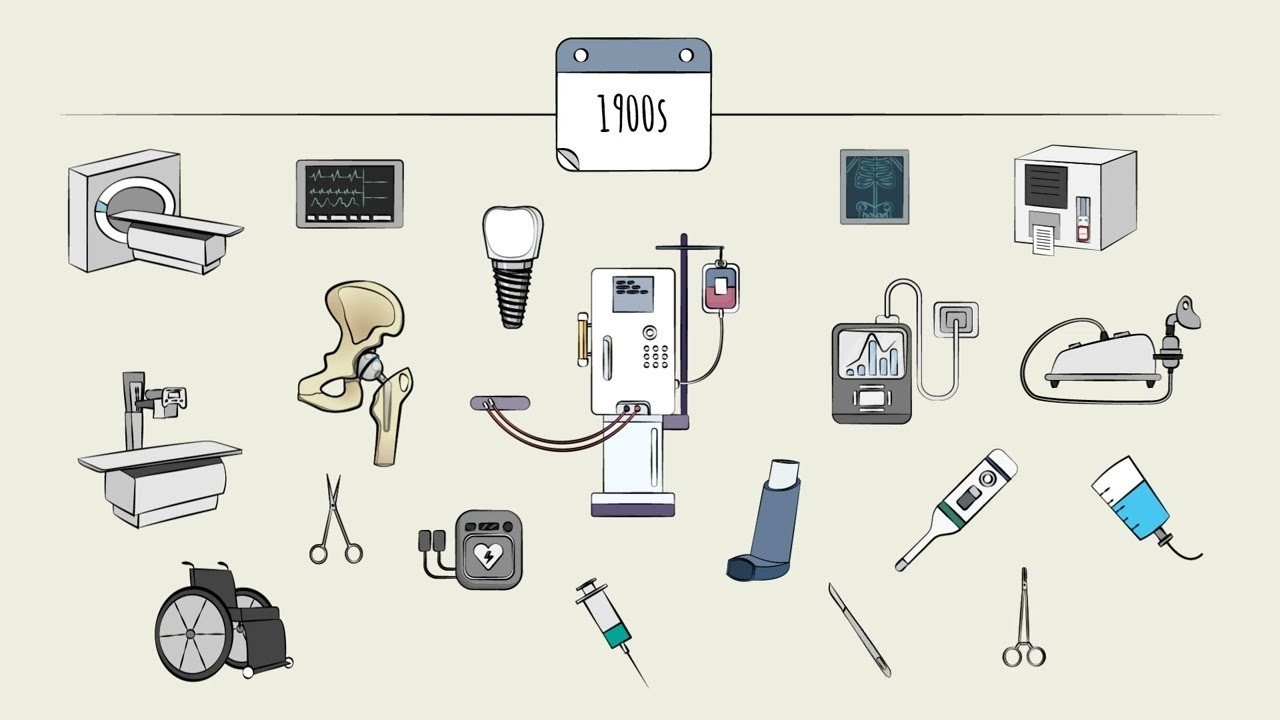
In the medical device industry, Medical Device Requirements Documentation is crucial in the early stages of development. A requirements document outlines the purpose, features, functionality, and behavior of a medical device. This medical device requirements documentation provides the guidelines for the development and manufacturing process of medical devices. As the development process begins and the features of a medical device change, the requirements documentation should be adequately updated to provide the FDA with the clear functionality of the device. A well-written and consistently updated requirements document can help in the FDA approval process as a company is required to show to the FDA that their medical device is safe, effective, and operates as specified.
How does a requirements Document Work?
Thorough medical device requirements documentation allows for all teams in the development process, from engineers to project management to marketing, to be on the same page and understand their roles. Apart from being comprehensive, this documentation must also be incredibly specific as to the functions, features, and uses of the device. The FDA verifies that the medical device has proper requirements. Also, specificity in design and development teams for the device supports the process. A simple way to speed up the FDA approval process is to make sure that your company has the appropriate requirements documentation early on as this documentation takes into account what the FDA is looking for.
With that said, a variety of different teams in the development process use documentation. The medical device requirements documentation written in simpler terms is easier to understand for all. For instance, it’s difficult to understand medical and technical jargon if no one uses that language in their form of speech. So, other development teams need to be provided with language that’s easy to understand for everyone. For this reason, it is crucial to have the right type of writer or technical writer to produce this document. Technical writers have the experience and the ability to make this kind of documentation easily understandable by all involved in the development process.
Types of Medical Devices
The FDA classifies medical devices into three different categories: Class I, II, and III. Class I are the low-risk medical devices including surgical masks, bandages, and non-electric wheelchairs. However, most medical devices are classified as Class II, which are moderate-risk medical devices. That includes syringes, blood pressure cuffs, and catheters. Class III medical devices present the highest risk to patients and include implantable pacemakers, defibrillators, and cochlear implants. The FDA approval process timeline varies in length depending on the type of medical device. Also, this is a much longer approval process for Class II and III devices. With the appropriate requirements documentation, your company can cut down on the approval timeline to prepare for the submission process. The medical device requirements documentation serves as a sort of checklist that will help your company have a successful submission.
Features of Medical Device Requirements Documentation
Although there isn’t a standardized format for a requirements document, they all need to outline a medical device’s function, behavior, and performance. Additionally, the requirements test the accuracy and correctness. For instance, a medical device’s user-friendly quality is interpreted in many ways. Then, if one-way changes to updated documentation, it keeps track of the device’s functionality. So, the sections to include in the medical device requirements documentation are:
- Features
- Intended market
- User needs
- Regulatory compliance
- Performance
- Safety and risks
- Instructions for use requirements
- Labeling
With that said, these sections guide designers and engineers. They also help with the documentation required in the FDA approval process.
So, any company that wants to take their medical device to market, must submit a 510(k) to the FDA. In addition, The 510(k) is a premarket submission that shows that a company’s medical device is safe and effective. Therefore, this submission process requires documentation on the intended use of the medical device. It includes a description of the device, performance testing, and information on sterilization, among other factors. In this instance, the requirements documentation can be quite useful in submitting a 510(k). It covers the information required by the FDA. Also, it is important to continually update requirements documentation throughout the development process. The data and information store documentation for the submission of the 510(k). However, this means that this document should be written up early in the process and maintained by a competent and experienced technical writer.
How EDC Can Help
Establishing clear well-documented medical device requirements documentation for the development of a medical device is fundamental in the production process. This assures that the device complies with regulations. Requirements documentation is essential to stay on track for FDA approval. This helps answer many of the questions the FDA will need to know in the submission process. This written document is for technical teams and design teams, so, it should be written in an understood manner. In this regard, hiring a technical writer can help produce and update requirements documentation. In addition, it should be easy to understand. EDC’s technical writers are adept at producing medical device requirements documentation Lastly, they have decades of experience creating scientific, medical, and financial technical writing, including user guides, training materials, and standard operating procedures.
Whether you need a team of consultants to produce a complete line of documentation or a single technical writer for a brief project, Essential Data’s Engagement Manager will lead the project from start to finish. At Essential Data Corporation, the quality of our work is guaranteed. Contact us today to get started. (800) 221-0093 or [email protected]
Written by Diana Guerra
